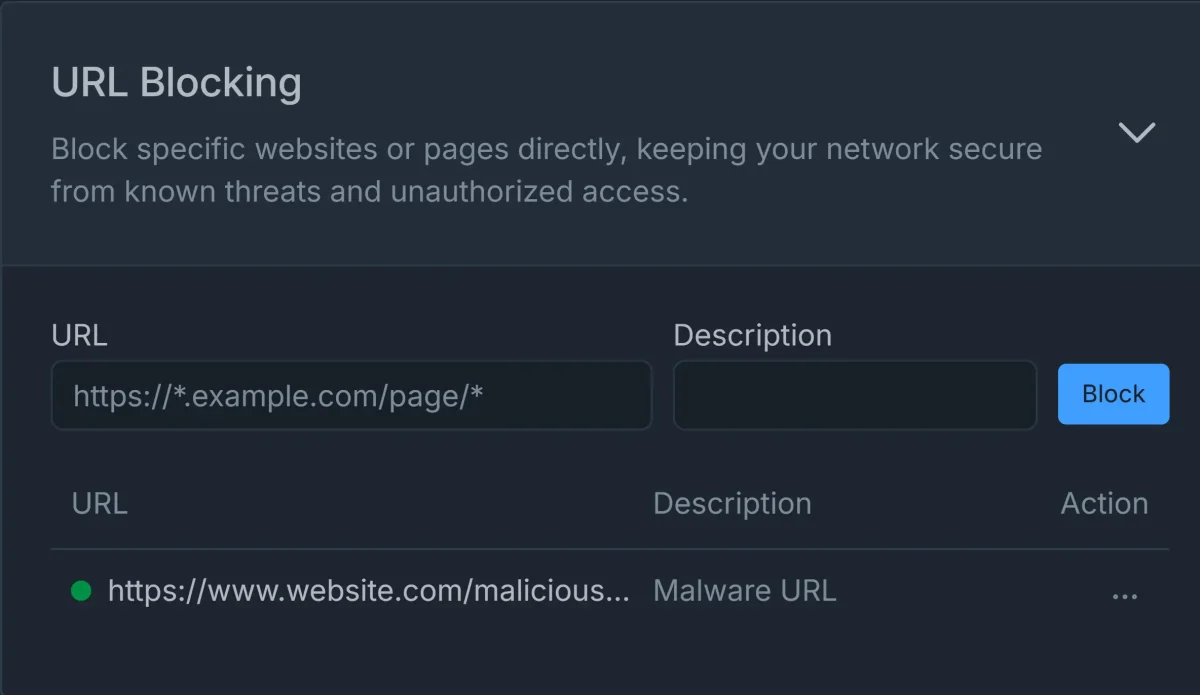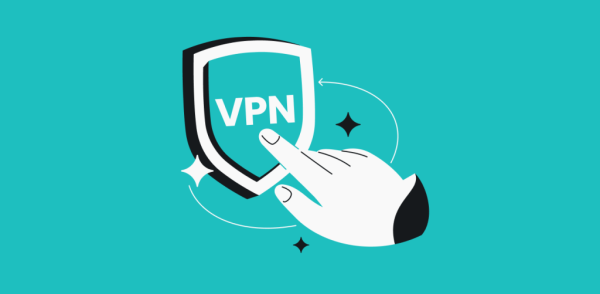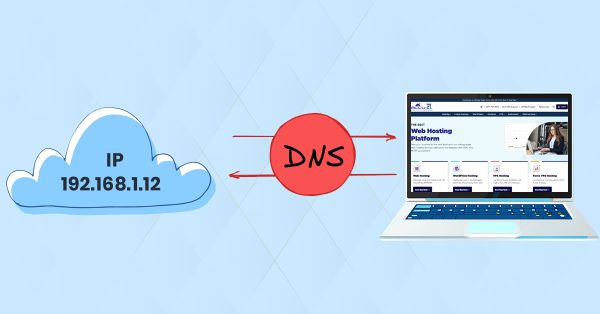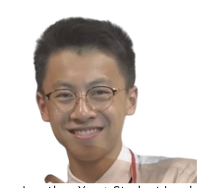
As the information age hits its stride, schools are increasingly relying on the use of internet filters to steer pupils back in the right direction. St. Mary’s International School in Tokyo, like most others, maintains strict controls over the internet to prevent classroom distractions. These are designed to block non-academic sites, social media, gaming sites, streaming sites, and even some forums to maintain a concentrated and secure learning environment. But despite these attempts, there has been a worrying trend: students have been attempting to bypass these filters. This is raising serious concerns about the effectiveness of school internet filters and whether students are staying academically honest and self-disciplined while avoiding them.

Surveys conducted recently amongst students regarding the restrictions on school laptops revealed a strong dissatisfaction with the rules. Out of the total responses, 64 students, 47 students felt the restrictions were “too strict,” representing approximately 73% of the group. In contrast, only 15 students, or about 23%, found the restrictions to be “fair and reasonable.” A very small group of respondents were unsure or had no clear opinion on the matter. These results highlight a significant divide, with the majority feeling that the laptop restrictions are overly restrictive, a concern that is often raised in discussions about student autonomy and digital freedom in educational settings.
The majority of schools, including St. Mary’s, employ web filters meant to close off-topic sites during class. Filtering software is meant to silence distractions and keep students focused. But since technology keeps evolving, students find it increasingly easy to bypass such systems by employing proxies, VPNS, and browser extensions to access blocked sites. Head of Technology at St. Mary’s, Mr. Coleman, explained how the filtering system at St. Mary’s operates:
“We filter through DNS, so instead of blocking specific sites manually, we block categories such as adult content, violence, and illegal activity,” said Mr. Coleman. “For instance, we allow streaming sites that contain educational content because it helps with resources you all have access to.” This approach provides flexibility, in his opinion, such that educational resources remain accessible while blocking harmful or distracting content.
He explained that the school uses a system called Mosyle to manage this DNS filtering, wherein it is able to block sites by categories, as opposed to there being a specific list of sites to block. “We also use allow lists and block lists, such that websites may be unblocked if teachers recognize there is a requirement for them, or blocked if students are misusing them.”

This approach attempts to strike a balance between limiting distractions and giving access to valuable educational resources. There are limitations, however. As Mr. Coleman points out, sometimes the system limits educational content that teachers or students require and determining strictly which sites must be unbanned or banned is not always simple without a tailored solution for each particular instance.
The reality is that the students are still managing to bypass such restrictions, either by using proxy servers or virtual private networks to hide their web surfing, or by getting browser extensions installed that circumvent the filter system entirely. Mr. Coleman acknowledged this challenge: “It’s tricky because when a subset of students bypasses the filters, it makes it more unavailable to everyone else, and it impacts the entire student body.”
This raises some important questions regarding the efficacy of these systems and whether they make the classroom environment more positive. While the intent behind these blocks is to protect students and keep them focused in class, students continually change, learning new methods of circumventing blocked sites. The cat-and-mouse chase between students and the filtering mechanism of the school can, in some cases, undermine the purpose of such limitations, rendering it a source of frustration for students as well as administrators.
In Mr. Coleman’s opinion, the solution to this problem lies not only in technical restrictions but also in teaching children proper internet use. “In the ideal world,” he said, “if children followed St. Mary’s core values of respect and integrity, we wouldn’t need to apply any brakes at all. But the thing is, people are going to push boundaries, and that’s where technical limitations and education in digital citizenship kick in.”
Student leader Jonathan Yang introduced a new system that attempts to strike a balance between filtering and freedom. His proposal is a three-level filtering system: a fully unbanned sites filter, a filter for only school hours sites, and a fully blocked sites filter. This was in frustration with the current system that, according to Jonathan, is overly restrictive and does not address the various needs of the students.

Mr. Coleman is not opposed to considering reevaluating some of them: “We’ve had some discussion with Jonathan, and we’re reviewing his petition for making certain sites open access. We’re always happy to be willing to accommodate, but there are some terms of service problems with certain sites, and there are some age restrictions that we must recall.”
While the administration contemplates allowing unblocking some sites, the fine line holds: providing access to the proper resources without building a system that invites abuse.
When students go around restrictions, it doesn’t just impact their own educational experience. Mr. Coleman emphasised that the intention of web filters isn’t to punish but to provide learning opportunities. “If a student goes around a restriction, it’s a learning moment,” he said. “Rather than simply putting up more restrictions, it’s better to pay attention to educating students about the responsibility of being on the internet, and what digital citizenship entails.”
This approach is echoed in Mr. Andrew Kim’s reflections on self-discipline. He believes that students must learn to discipline themselves, and internet filters must be part of a broader education on responsibility and time management. Mr. Coleman concurs with this idea: “We want to create students who can make responsible decisions on their own, not simply provide them with a list of rules they need to abide by.”. High school students should be learning to balance their responsibilities and rights so they can prepare for life after school.”
Both teachers and students learn a valuable lesson from navigating the realities of internet filtering and circumventing constraints. Mr. Coleman emphasised the importance of this learning experience, saying, “We can’t just keep imposing more and more restrictions.”. We need to endow students with the means of being good digital citizens, so we try to balance technical filters with instruction in digital responsibility. The more you get older, the more critical your internet use will be.”
Although the current system might appear overly restrictive to some, especially when educational content gets blocked, it’s clear that there’s a little slack. Jonathan’s proposal to leave certain areas open during after-school hours, say, shows a desire to meet freedom with responsibility. And as Mr. Coleman summarises, “As students grow older, they need to be granted more freedom, but they also need to learn the tools to use that freedom responsibly. In the end, that’s what will help them succeed in the classroom and beyond.”
Ultimately, the greatest challenge to educators and administrators is finding that balance between limitations required, autonomy for academic investigation, and creating self-regulation. Through continuing dialogue and the blending of technical aids and instruction, schools such as St. Mary’s can further modify their internet policies to serve the needs of the digital world while preparing students for the obligations involved.